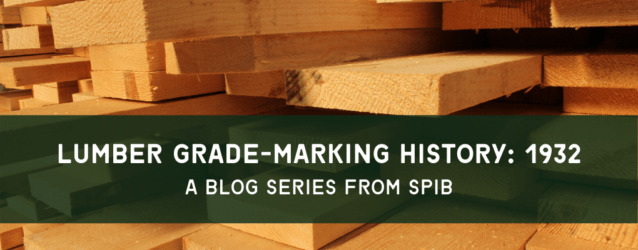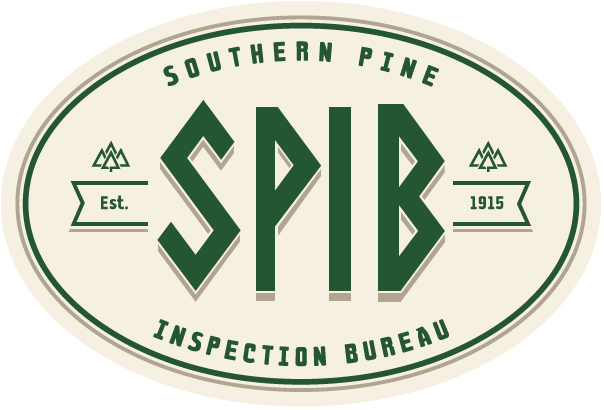At the same time, 1934 was also a period of uncertainty (and, some might say, trouble) for the industry – and for the Lumber Code Authority in general. Grade-marking was seen as an incredibly important subject, for example, but it was fully submerged in code difficulties at the time.
Continue readingAuthor: The SPIB Team

Lumber Grade Marking History: 1933
One of the most significant communication-related events of the early 20th century happened in March of 1933, although nobody at the time would have had any way of knowing that quite yet.
It was then that President Franklin D. Roosevelt, as a result of the Great Depression, addressed the nation for the first time during one of his famous “Fireside Chats.” Just a few days later, on March 15, the Dow Jones Industrial Average rose from 53.84 to 62.10. Despite the fact that the country was still in the throes of the Depression itself, this gain of 15.34% still marks the largest single-day percentage gain for the index in its history.

Lumber Grade-Marking History: 1932
In 1932, the country was still battling the impact of the Great Depression – and this was particularly evident across the lumber industry. These depressed economic conditions – coupled with the efforts of certain types of middlemen to create grade substitution opportunities and to evade quality and grade-marked lumber use – gave way to a series of dramatic changes in specifications and regulations in federal purchasing departments, state highway departments and other offices writing inquiries for lumber.
Continue reading
Lumber Grade-Marking History: 1931
In 1931, the Southern Pine Association extended the availability of its services and facilities, in the interests of grade-marked lumber production, to nonsubscriber mills or manufacturers.
Continue reading
Lumber Grade-Marking History: 1930
Big things were happening across the lumber industry in 1930, too. It was then that the Southern Pine Association met jointly with the retail branches of the lumber industry in an effort to lay the groundwork for big, big things that were to come over the course of the decade
Continue reading
Lumber Grade-Marking History: 1929
1929 also happened to be the year in which the General Motors Corporation first requested the Southern Pine Association to establish special official grades to suit their particular needs.
Continue reading
Lumber Grade-Marking History: 1928
1928 also marked the year in which the Southern Pine Association continued to contribute assistance that was both substantial and vital, all in the name of the welfare of the entire lumber industry.
Continue reading
Lumber Grade-Marking History: 1927
1927 was also a formative year for the lumber industry, having been characterized as one of the most important since the formative period of the Southern Pine Association dating all the way back to 1915.
Continue reading
Lumber Grade-Marking History: 1926
1926 was a record-breaking year in a wide range of different ways. In February, real estate on Broadway and Wall Street in New York City were sold at a record $7… per square inch.
Continue reading
Lumber Grade-Marking History: 1925
1925 has no doubt gone down in history as one of the most prevailing years in the entirety of the 20th century – it’s just that a lot of people don’t necessarily realize it.
Continue reading
